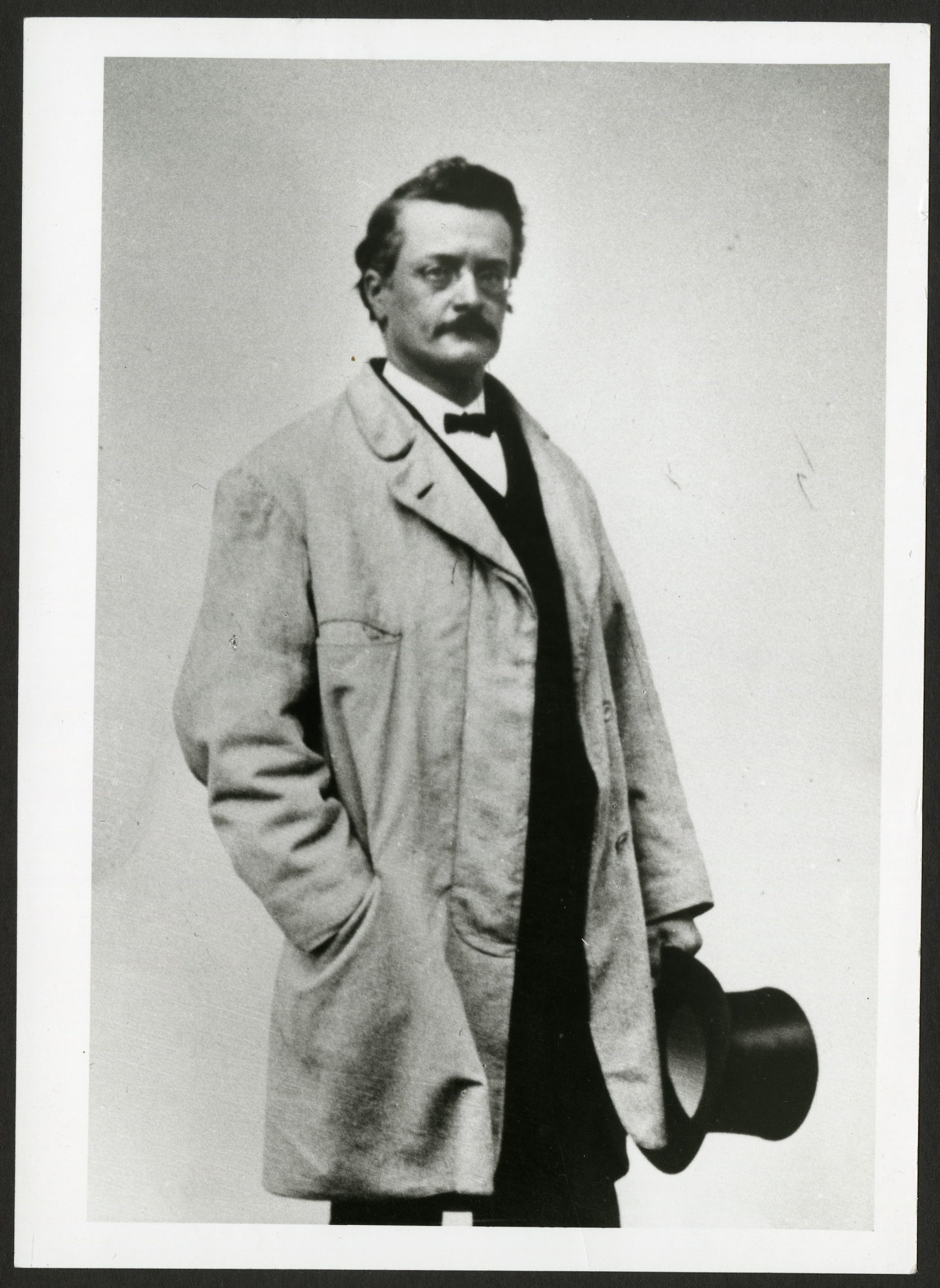William Stimpson
![William Stimpson (1832-1872), Smithsonian Institution Archives, SIA RU000095 [SA-778]. William Stimpson (1832-1872), Smithsonian Institution Archives, SIA RU000095 [SA-778].](https://ids.si.edu/ids/iiif/SIA-SA-778/full/250,/0/default.jpg)
Stimpson was born on February 14, 1832 in the town of Roxbury, Massachusetts. At a young age, his parents, Herbert Stimpson and Mary Ann Devereau Brewer, moved the family to Cambridge. In his childhood home, Stimpson first found his passion for nature and science, spending his days exploring the green fields and luscious landscapes.
Education was not lost on Stimpson, as his father made a good living as a Boston merchant. In 1848, Stimpson graduated from Cambridge High School where he was awarded a golden medal based on his outstanding grades. Shortly after, he went on to study shells with W.G. Binney, as well as enter the Cambridge Latin School.
During Stimpson’s time, being an explorer and scientist of natural sciences was seen as an unfit, unprofitable job, and due to this fact, his father pushed him to become an engineer. Stimpson entered the engineering office of Fletcher and Parker, but quickly broke away from this field after entering as a crew member of a large fishing vessel. In 1850, Stimpson finally started to settle into zoology and began his studies under Louis Agassiz. During the next couple of years, he was involved with field work and expeditions, building up his collection. It wasn’t until 1856, after his three-year involvement with the North Pacific Exploring Expedition, that Stimpson studied at the Smithsonian Castle, creating the intellectual, yet at times rambunctious, Megatherium Club. He guided members in their work and took charge of the institution’s Department of Invertebrate Zoology, specifically building his own collection of marine invertebrates and providing the institution with detailed drawings and descriptions of his findings. In another instance, Stimpson went further and "dedicated" verses to the Academy of Natural Sciences of Philadelphia in 1861:
"Into the well of learning dip
With spoon of Wood and Horn;
For students Meek and lowly
Silver spoons should treat with scorn.
Though Gabb should have the gifts of Gill,
As Gill has the gift of Gabb,
T'would show a want of judgment still
To try to Cope with Meek."
Overall, Stimpson is thought of as a great zoologist and explorer, and science experienced a great loss when he passed away on May 26, 1872. Stimpson was not only a founder of the Megatherium Club, but also of the Polymythian Society of Monosyllabies, as well as the elected Director of the Chicago Academy of Sciences after his good friend Robert Kennicott’s passing. Kennicott once noted that Stimpson was, “…one of those chaps like Panx who makes you like them whether you will or no.” To keep his own name alive and in the hearts of naturalists, the goby, Sicydium stimpsoni Gill, and the eel, Bathycongrus stimpsoni Fowler, are named after him.
Related Resources
- Folks at Home: February 17, 1863, Robert Kennicott, The Grove National Historic Landmark, Glenview, Illinois
- Biographical Memoir of William Stimpson: 1832-1872, Alfred Goldsborough Mayer, National Academy of Sciences
- "Spencer Baird and Ichthyology at the Smithsonian: William Stimpson", Smithsonian Institution


